Estimated reading time: 8 minutes
Oregano is much more than an ideal pizza spice or fresh herb used in a variety of dishes. It is an important addition to a survivalist bag, med kit, and daily use for a variety of ailments dating back centuries.
Not only is it high in many vitamins like A, C, and K, but it also helps fight bacteria, inflammation, viruses, fungus, and is rich in antioxidants. Oregano can aid digestion, and possibly even suppress cancer.
An easy way to use oregano medicinally is by making oregano oil to use topically or to ingest. Making a potent oregano oil is simpler than you expect.
Want to save this post for later? Click Here to Pin It On Pinterest!
Supplies Needed
• Plenty of Oregano
You can use fresh or dried herbs, and there is benefit to both. Keep in mind that using fresh herbs will require you to use more. 1 teaspoon of dried herbs is equivalent to one tablespoon of fresh.
I prefer using dried herbs because the added moisture from fresh herbs can affect the oil down the road by causing it to spoil. If you know that you will use your oil quickly, this may not be a concern for you.
• A Couple Mason Jars With Tight-Fitting Lids
One mason jar to use initially, and another to strain the oil into after it is ready.
• Oil of Your Choice
When choosing your oil, make sure that whatever type of oil you use is organic. Oils are a good carrier of the essential oils and benefits of herbs due to their ability to extract and hold.
In the same way, oils can extract and hold pesticides and other harmful chemicals that may be in non-organic oils. Good options include olive oil, jojoba oil, safflower oil, evening primrose oil, or almond oil.
• Pot and Stove to Boil Water
• Measuring Cups and Food Scale
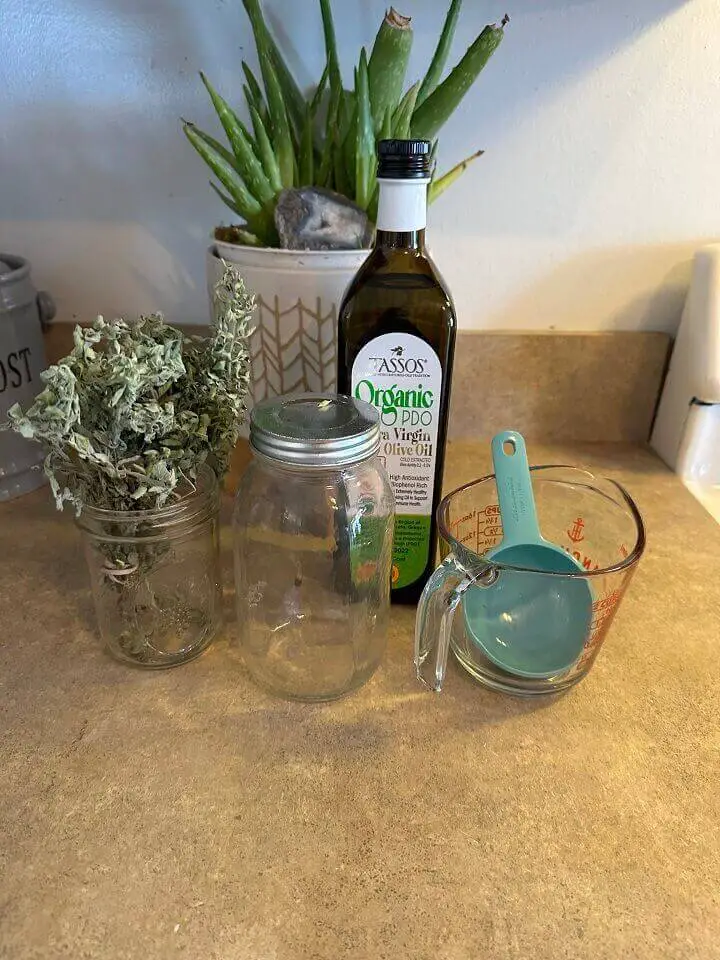
Before you begin, take time to sanitize your materials either through the dishwasher or in boiling water. Because this oil is intended to be used medicinally, this step is important. I prefer using my sanitizing dish washer setting.
Harvesting Oregano
If you have grown your own oregano, harvest the stems just before the herb produces flowers. If your oregano has already begun flowering, you can still harvest it and use both leaves and flowers.
As previously mentioned, I prefer using dried herbs, so I air dry them from my garden. Simply bunch together your herbs and tie at the bottom of the stems and hang them upside down until the entire stem and leaves are dried out.
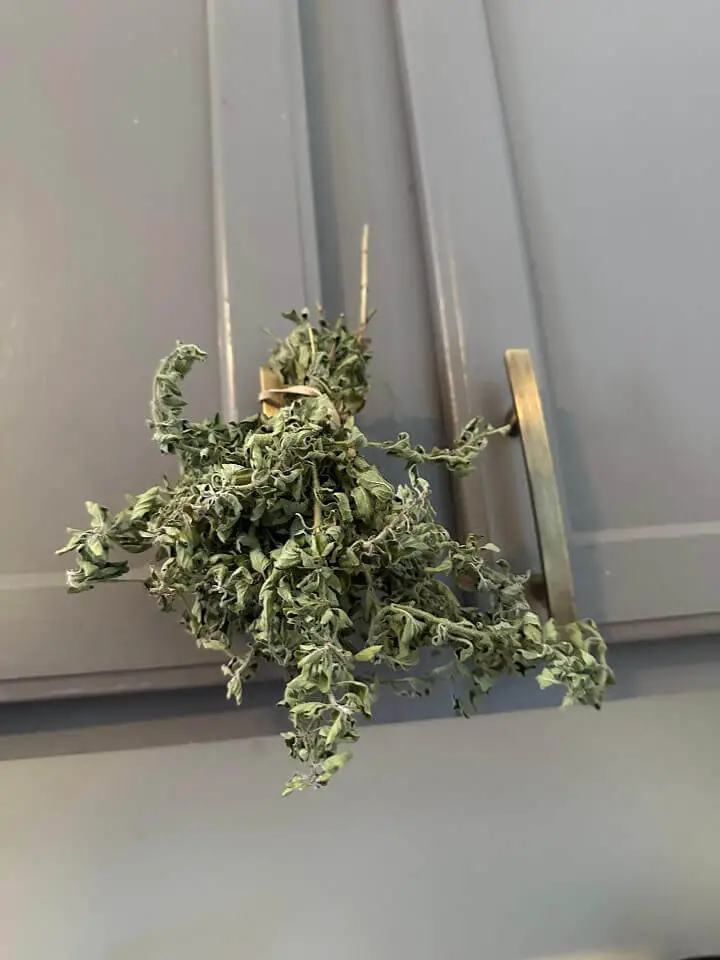
Prepare Your Supplies
Before I start anything, I sanitize my measuring cups, my mason jar, and stirring spoon to make sure I’m starting with a clean slate.
A good rule-of-thumb in making infused oil is to follow a 1:5 ratio, so for every gram of herb, you will need to add 5 mL of oil.
This is a guiding concept, but herbal medicine has made infused oils at a multitude of ratios. When I can, I tend to add slightly more herbs over this ratio, but keep it as a mental point to return to when assessing how much oil to use.
I then prepare my herbs by sliding my fingers down the steams of the oregano to remove the leaves and flowers. The leaves and flowers are then minced in the food processor.
You could chop them or grind them in a mortar and pestle, but I find the food processer to be a fast and efficient way to chop down my herbs with a similar consistency.
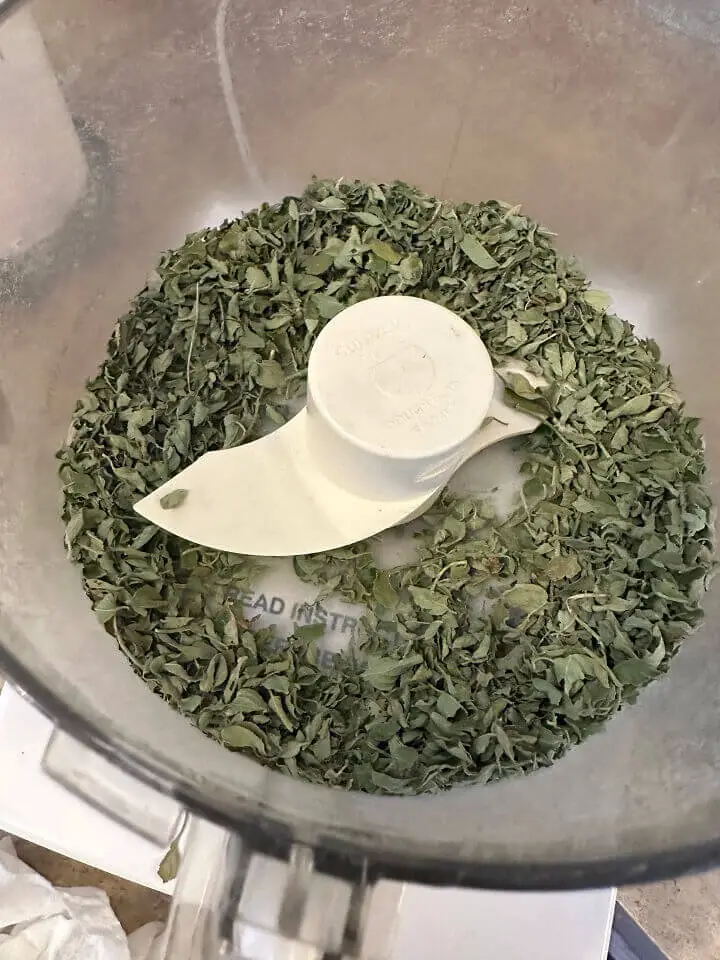
After this process is when I weigh my oregano so I can have an idea of how much oil I would like to use.
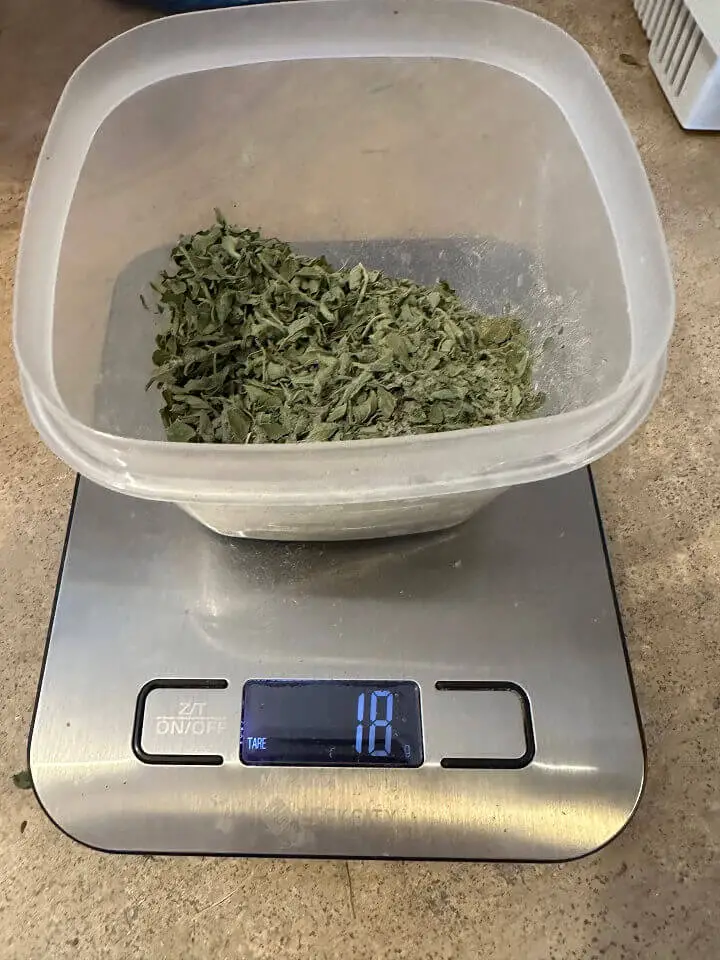
Mixing
After my herbs are minced and measured, I pour them directly into the mason jar that I am using to hold my mixture. I then measure my oil in a sterile measuring cup and pour it over the herbs.
With a sterilized spoon, I stir the combo together to make sure they are both efficiently intertwined and let it settle.
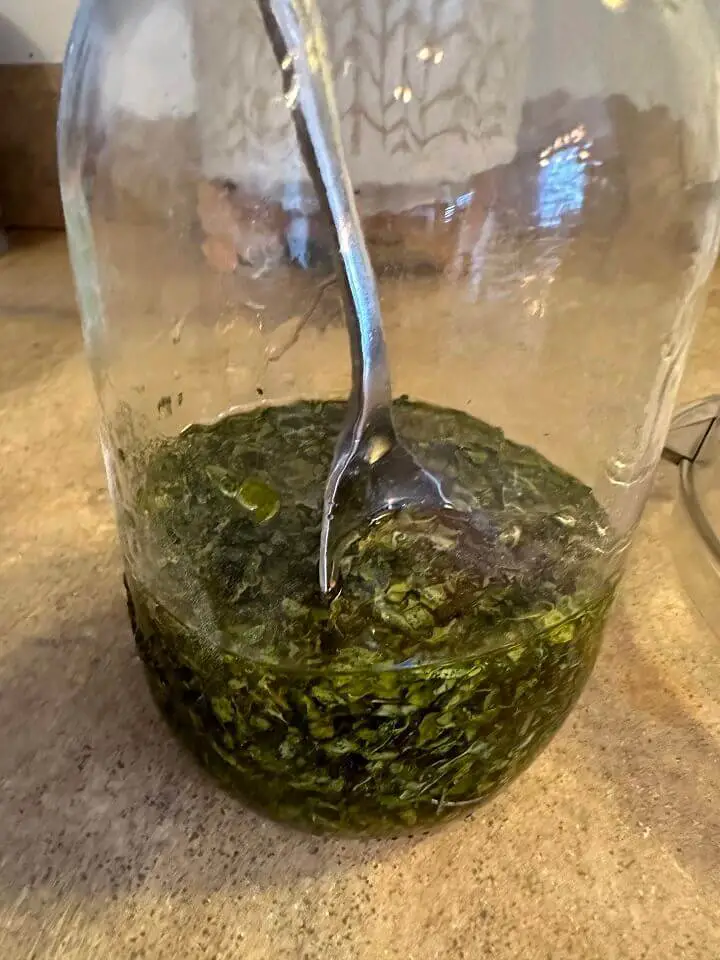
It is ideal that there is about an inch of oil at the top, so sometimes it is necessary to add a little bit more depending on how fine you chopped your herbs.
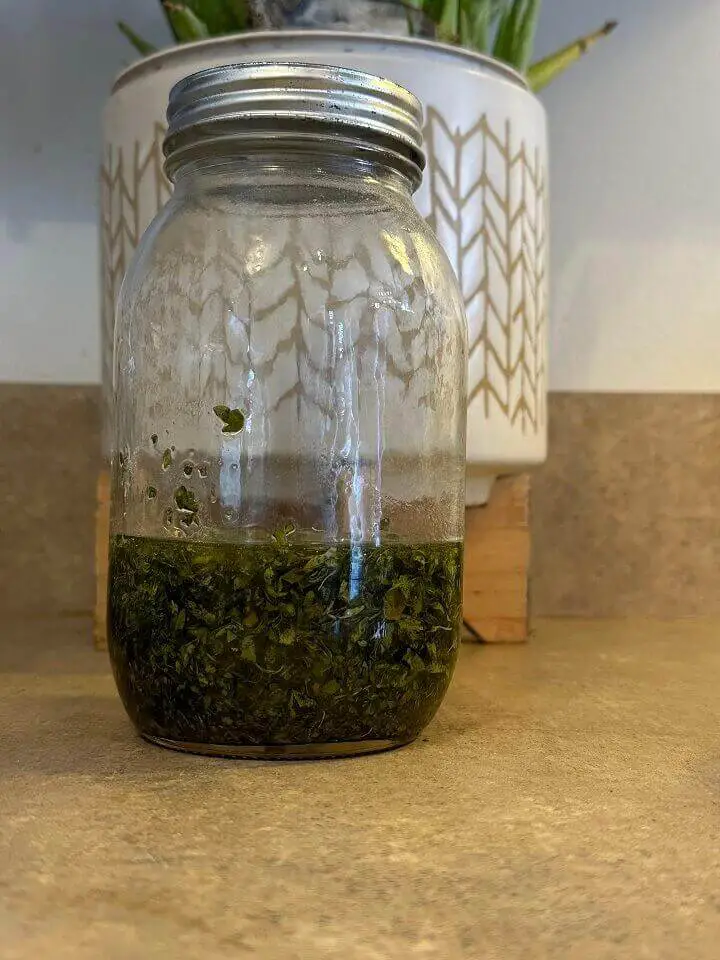
Then simply cover the jar and screw the lid on tightly.
Infusion
To kickstart this process, you can let your jarred oil sit in a hot bath. Boil about an inch of water in a pot and let it slightly cool before you ease your jar inside. Letting it sit in the hot water will start the infusion process. Be careful though, as a shock of boiling water can crack the glass if it is too hot or you move too quickly.
To complete infusing the oil, place your jar in a windowsill in order to steep for a few weeks in the sun. Each day, swirl the mixture.
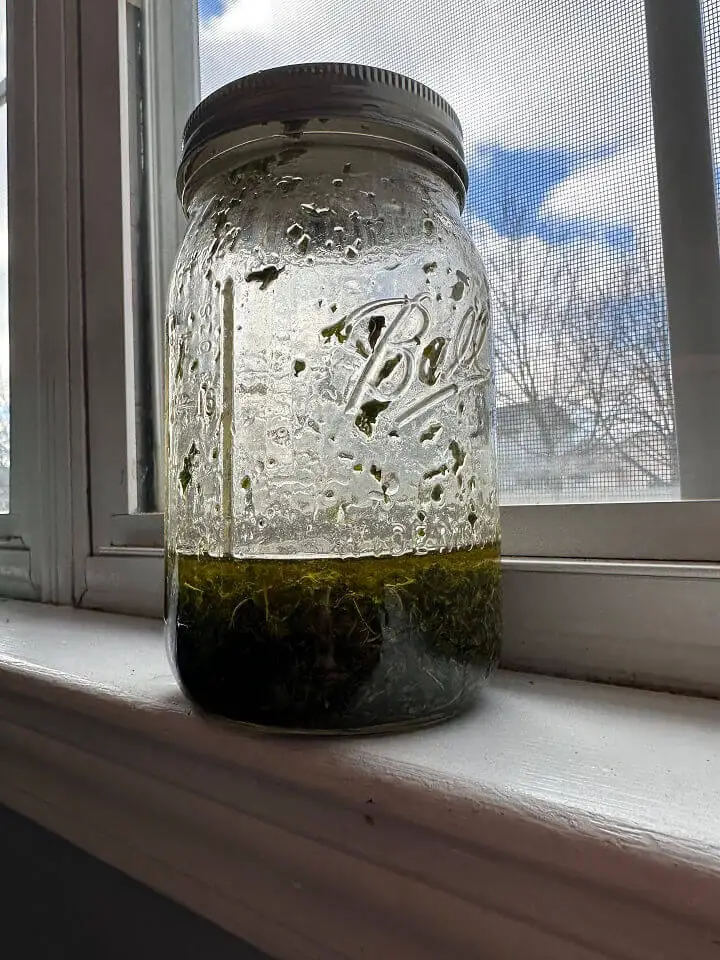
Strain
After a few weeks, the oil is a perfect infusion of powerful herbal medicine. Strain the herbs with a small strainer or cheese cloth while pouring the oil into another sterilized mason jar or storage bottle. You may want to do this one more time as particles may continue to settle after the first strain.
Storage
Herbal oils are best to be stored in the fridge to help preserve their shelf life.
Uses
Oregano is anti-inflammatory, antiseptic, antibacterial, anti-fungal, and antimicrobial. It is often referred to as a natural antibiotic for good reason.
Oregano oil is also used to treat coughs and other common cold symptoms, it can help with digestive issues and intestinal parasites and indigestion. It can even be used to treat muscle and joint pain.
Besides being high in vitamin K, oregano has potent antioxidants including thymol and carvacrol. Antioxidants help reduce free radicals in the body which helps lower the risk of cancer.
Thymol specifically is used in natural pesticides and antifungal remedies. Carvacrol is antimicrobial which makes this a bacteria-fighting remedy.
How to Use
*Before you use your oregano oil in any large dose, apply a small amount to see how your body reacts to it. This oil can be considered a hot oil meaning that it can cause skin irritation or internal irritation. If you have diabetes, be careful as oregano oil can lower your blood sugar.
You can use your oregano oil in many ways. If you want to use it topically for things like body pain and inflammation, an effective method is through massage. To treat fungus, it is also most beneficial to apply topically.
A homemade herbal oil is not as strong as an essential oil, so you do not need a carrier oil to apply this to your skin. Because this oil can cause irritation, you may still want to use a carrier oil to help it more mildly adjust to the skin. Start with a small amount as you test how your body reacts.
Inhaling the aroma can help sooth irritated breathing ways. Just add it to a steamy shower or bath. You can also apply it to the chest as an aromatic chest rub.
To use for sickness or digestion, you can ingest some oregano oil. The flavor is very strong, so we like to mix it with honey to help it go down faster. We have also added a few drops to a cup of tea with honey. Test a small amount when you first try it to see how your body responds.
Like this post? Don't Forget to Pin It On Pinterest!
You May Also Like:



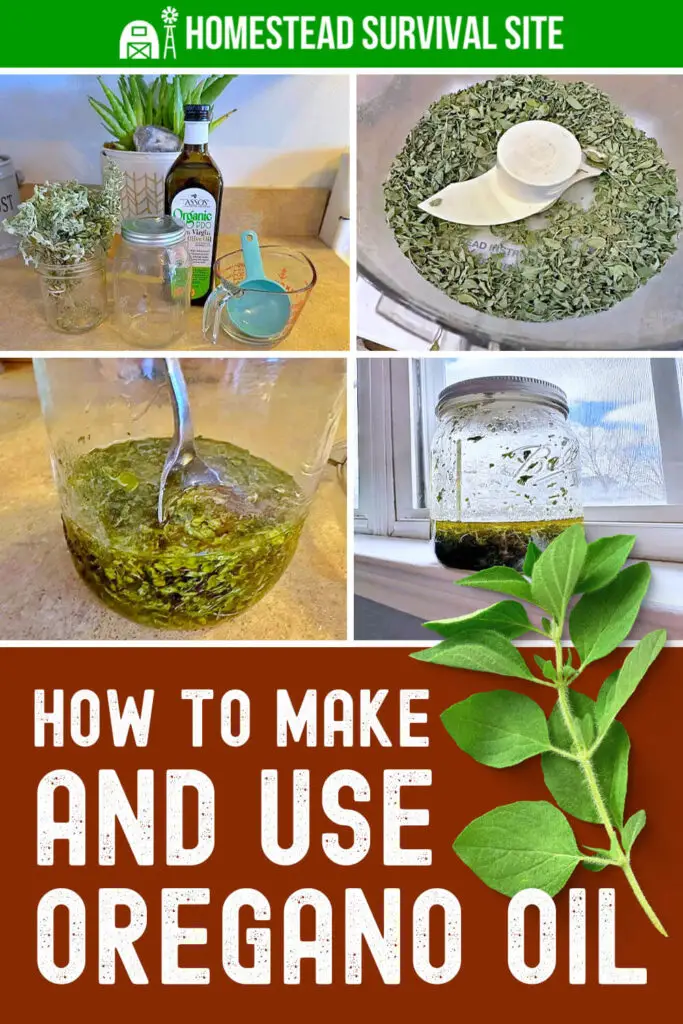


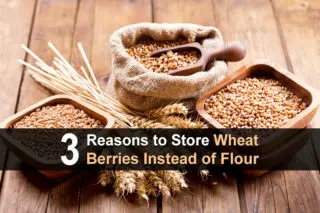
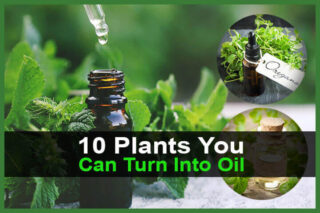

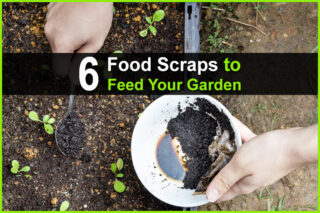


Look for this Book or the Free PDF Download
The Cure Is in the Cupboard – How to Use Oregano for Better Health by Dr Cass Ingram
Oregano Oil/Herb # 1 antibiotic on Earth. Oregano will kill any kind of “germ”. Proof of this statement can be found in the Quarterly Review of Biology, March 1998 and the Indian Journal of Experimental Biology, June 1977, among other authoritative publications.
The Chemistry of Oregano Oil
Oregano, a Potent Antioxidant?
Acne
Age Spots
Animal Bites
Arthritis
Asthma
Athlete’s Foot
Bad Breath
Bed Sores and Ulcerations
Bladder Infections
Bromidrosis (Body Odor)
Boils
Bruises
Burns
Bursitis
Cancer
Candidiasis
Canker Sores
Cellulitis
Cold Sores
Colds/flu
Cough
Crohn’s Disease
Cryptosporidium (called crypto)
Dandruff and Seborrhea
Diaper Rash
Diarrhea
Ear Infections
Ebola Fever and Dengue Fever
Eczema
Excessive Mucus
Fingernail Fungus
Food Poisoning
Frostbite and Frostburn
Giardiasis
Gum Disease
Head Lice
Headaches/Migraines
Hepatitis
Impetigo
Irritable Bowel Syndrome
Leg Cramps
Nail Fungus
Paronychia (infection of the proximal and lateral fingernails and toenails folds)
Peptic Ulcer
Pneumonia
Poison Ivy, Poison Oak, and Poison Sumac
Psoriasis
Prostrate Disorders
Pruritis (Itchy Skin)
Radiation Injury/Burns
Ringworm
Rosacea
Scabies
Shingles
Sinusitis
Skin Cancer
Sore Throat
Sports Injuries
Tick Borne Illnesses
Thrush
Toothache
Tuberculosis
Varicose Veins
Venomous Bites
Warts
Wounds